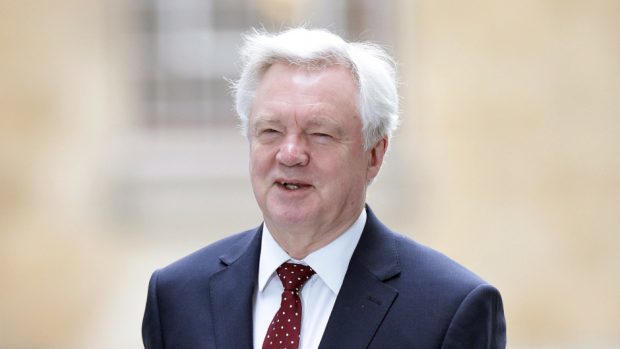The Great Repeal Bill will turn more than 40 years of EU regulations into domestic laws.
Outlining the UK Government’s plans in the House of Commons yesterday, Brexit Secretary David Davis said its purpose was three-fold.
Firstly, the legislation will annul the European Communities Act 1972 to “return power” to the UK.
It will also convert EU law into UK law, so that rules and rights do not change overnight.
Finally, it will create powers to “correct” laws that will not operate “appropriately” when the UK leaves.
Both the UK Parliament and the devolved legislatures – where they have the power to do so – will be able to pass legislation to amend, repeal or improve any piece of EU law.
Concerns were immediately raised over the use of so-called Henry VIII powers to pass up to 1,000 pieces of secondary legislation without close parliamentary scrutiny.
But Mr Davis, who spoke as a white paper on the bill was published, insisted any powers created in this way would be “time limited” and that parliament would need to be “satisfied the procedures are appropriate”.
He added delegated legislation would be used for “technical” alterations, rather than to “maintain great changes in policy”, for which primary legislation would be needed.
He said: “Given the scale of the changes that will be necessary and the finite amount of time available to make them, there is a balance to be struck between the importance of scrutiny and correcting the statute book in time.”
Meanwhile, the Tory frontbencher claimed the legislation would provide “no future role” for the European Court of Justice “in the interpretation of our laws”.
But he added: “The bill will provide that any question as to the meaning of EU law that has been converted into UK law will be determined in the UK courts by reference to the ECJ’s case law as it exists on the day we leave the EU.
“As long as EU-derived law remains on the UK statute book, it is essential that there is a common understanding of what that law means.”
Mr Davis insisted the bill would be integral to a “smooth and orderly” withdrawal.
He added: “It will mean that, as we exit and seek a new deep and special partnership with the EU, we will be doing so from the position where we have the same standards and rules.
“But it will also ensure that we deliver on our promise to end the supremacy of EU law in the UK.”
